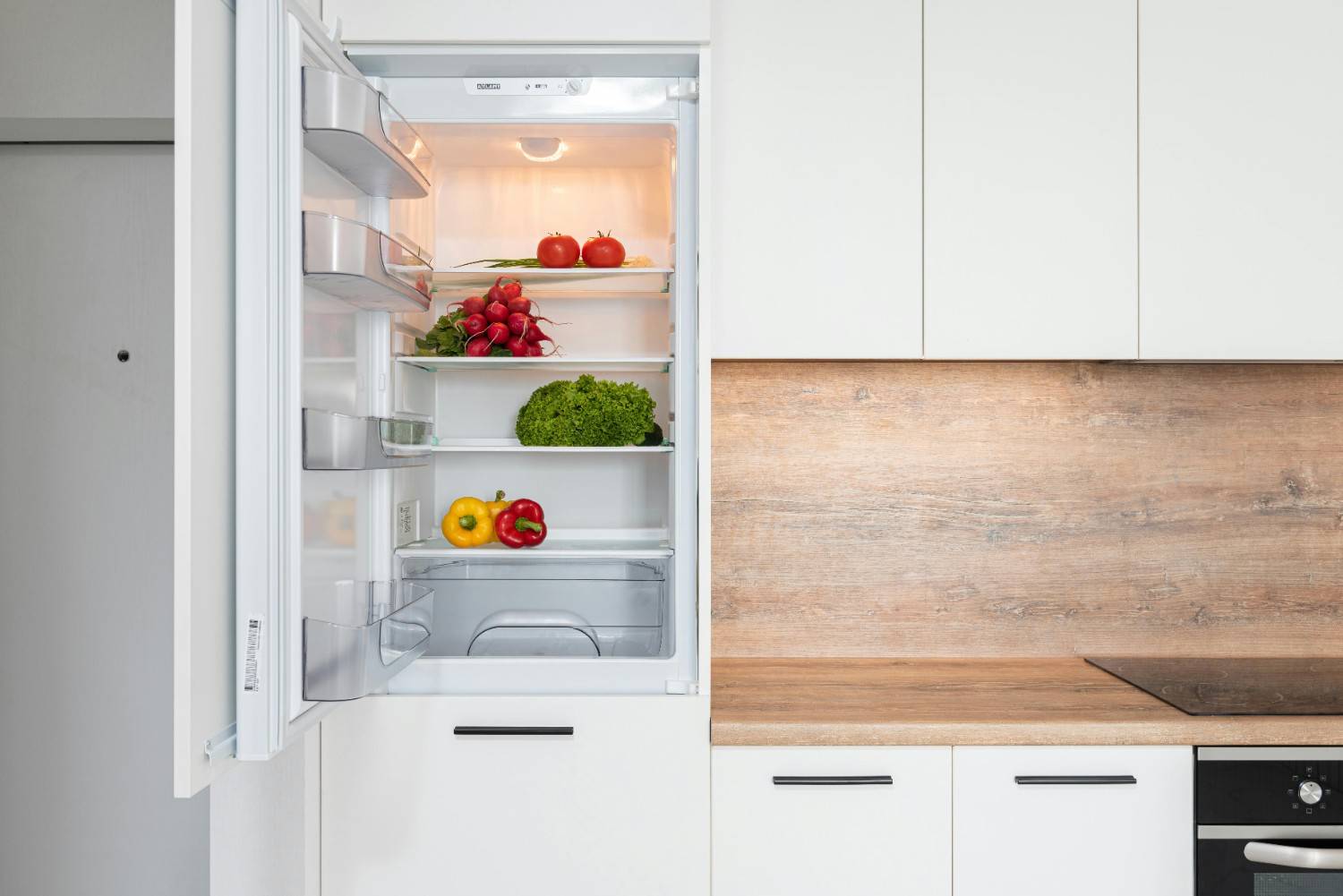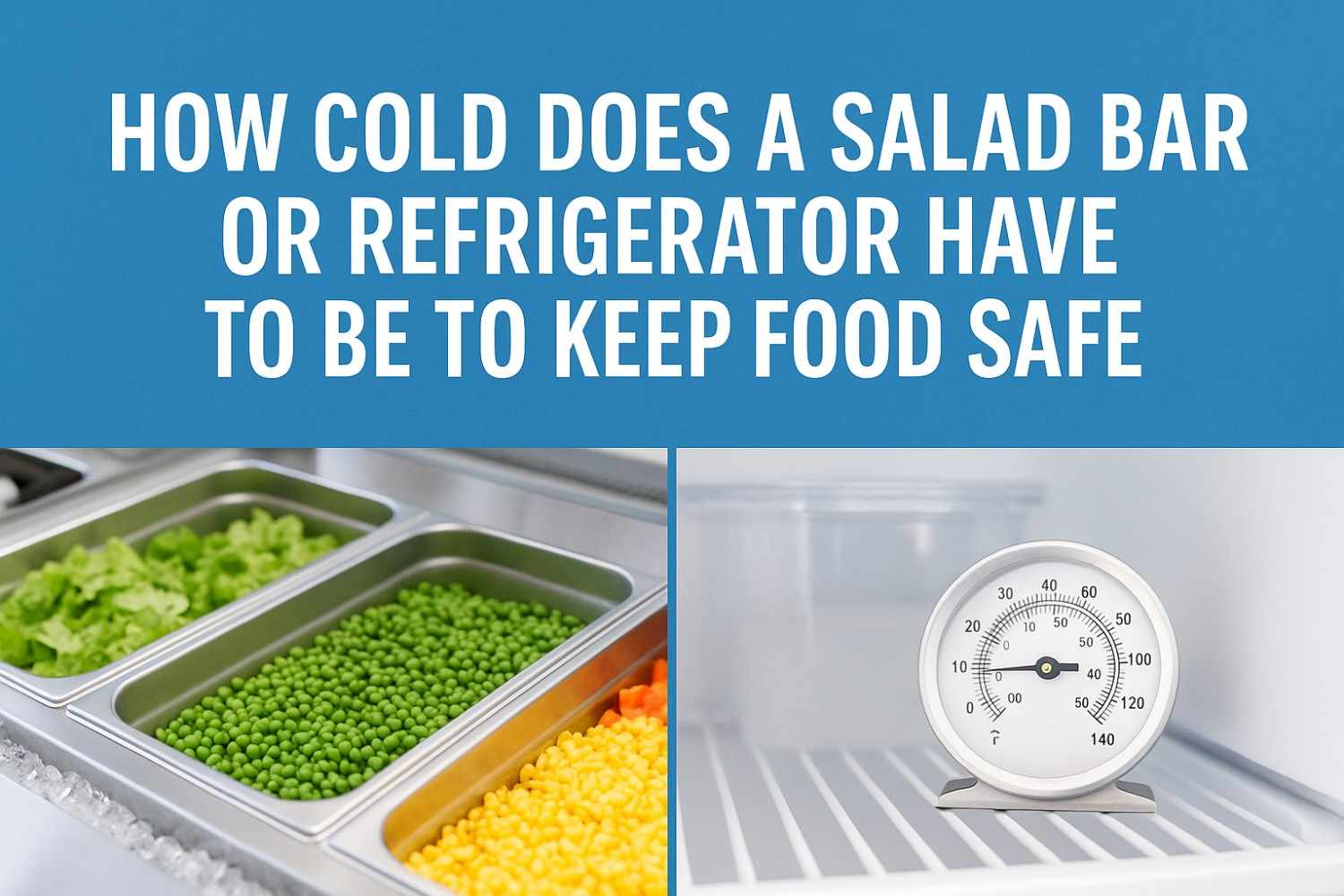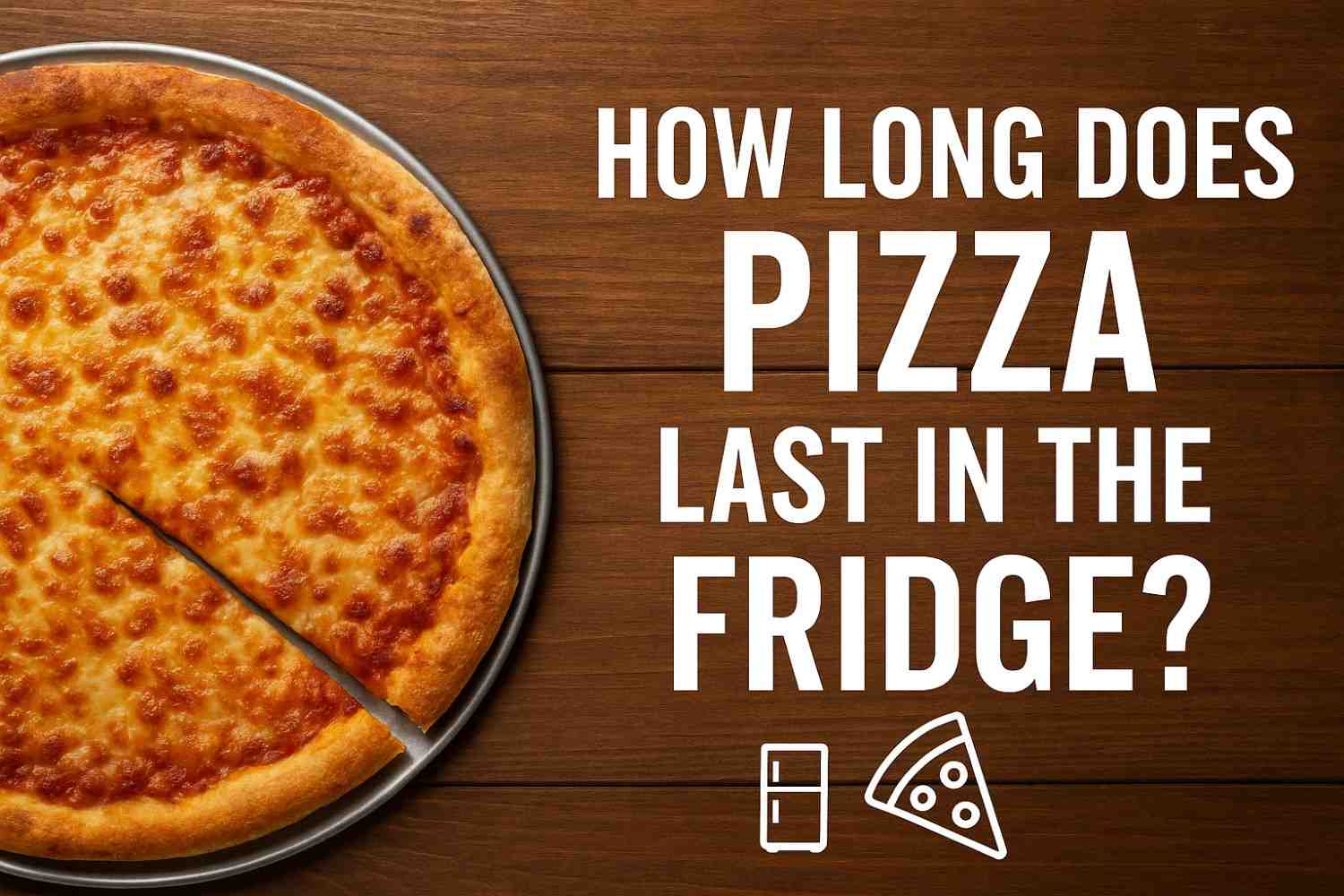When managing food safety, a key question many ask is: how cold does a salad bar or refrigerator have to be to keep food safe? The short answer: commercial salad bars must hold cold foods at 41 °F (5 °C) or below, while home refrigerators should maintain 40 °F (4 °C) or below (ideally around 37 °F).
In this post, we’ll break down exactly why those thresholds matter, how to maintain them, how to verify your appliances, and key best practices to ensure food safety.
Why Does Temperature Matter? Understanding the Danger Zone
When perishable foods sit too warm, bacteria can multiply rapidly. The “danger zone” is typically defined as 41 °F to 135 °F (5 °C to 57 °C).
If foods linger in this range too long, pathogens like Salmonella, E. coli, or Listeria can reach levels that cause illness.
Therefore, keeping food cold—at or below safe limits—slows bacterial growth and prevents spoilage.
What’s the Maximum Cold Holding Temperature for a Salad Bar?

Cold Holding Limit: 41 °F (5 °C) or Less
The FDA Food Code mandates that cut leafy greens, prepped salad components, and other perishable foods on display must be held at 41 °F (5 °C) or lower.
If any part of a salad bar (e.g. in pans or bowls) exceeds 41 °F, the food is considered in violation and may need to be discarded.
Why 41 °F?
That threshold is chosen because it’s the upper limit at which bacterial growth is reasonably slowed. Above 41 °F, spoilage and pathogenic growth accelerate.
Display & Equipment Considerations
- Use ice wells, pans nested in crushed ice, or specialized refrigerated salad bar units with sufficient chilling capacity.
- Monitor at product level—not just ambient air—to verify actual food temperature.
- Be aware of heat intrusion (doors open, ambient room temperature, sun exposure).
What Temperature Should a Home Refrigerator Be?

Target: 40 °F (4 °C) or Lower
For domestic use, USDA/FSIS and FDA guidance recommend refrigerators maintain 40 °F (4 °C) or below.
Many sources suggest a “sweet spot” around 37 °F (3 °C) to allow for buffer against fluctuations.
Why Not Exactly 41 °F at Home?
Though 41 °F is a commercial limit, food safety guidelines for homes are more conservative at 40 °F or lower, to add safety margin.
Tips for Accurate Cooling
- Use an appliance thermometer (or several) placed near the back center of shelves.
- Don’t rely solely on the fridge’s built-in dial (often inaccurate).
- Avoid over-packing—good airflow helps maintain consistent temps.
- Don’t store perishable items in the door bins (temperature fluctuates more there).
Step-by-Step: How to Set & Verify Your Refrigerator Temperature
Below is a simple process to reliably hit and confirm safe fridge temperature:
| Step | Action | Why It Matters |
| 1 | Insert an appliance thermometer on the middle shelf, center-back | That location avoids extremes (too cold / too warm) |
| 2 | Wait 24 hours after loading before trusting the reading | It gives the unit time to stabilize its cycle |
| 3 | Adjust the dial in small increments (½–1 unit) and recheck after a day | Fine-tunes the real internal temp |
| 4 | Re-check once a week | Ensures no drift over time or device malfunction |
| 5 | Monitor after events (power outage, defrost cycle, door left ajar) | Sudden changes can push temps above safe limits |
Use that process to ensure your fridge stays reliably 40 °F or below.
What To Do During Power Outages or Temp Spikes
In case of a power outage, keep fridge/freezer doors closed as much as possible.
A refrigerator may keep food safe up to 4 hours without power, depending on how full it is.
If after power returns, the fridge contents are still at or below 40 °F (or show ice crystals), they can be kept or refrozen safely.
If items have exceeded 40 °F for more than 2 hours, discard them.
For salad bars or commercial cold displays, if food rises above 41 °F, it usually must be discarded or re-processed immediately per health code.
Frequently Asked Questions
1. Can I keep a salad bar at 42 °F and still be safe?
No. The FDA Food Code requires cold-holding of perishable items at 41 °F (5 °C) or below. Anything above is considered temperature abuse.
2. Is 41 °F okay for my home refrigerator?
It’s borderline. For home use, guidelines call for 40 °F or lower as a safer limit. 41 °F gives less margin for fluctuations.
3. How often should I check salad bar temperatures?
Typically every 2–4 hours, depending on local health code. Frequent checks with documented logs help catch temperature drifts early.
4. Why do food items in my fridge still spoil even when it’s below 40 °F?
Possible reasons include: poor airflow (overcrowding), blocked vents, faulty seals, a bad thermostat/thermometer, or inconsistent cooling cycles.
Key Numbers to Remember for Food Safety
To answer the original question: how cold does a salad bar or refrigerator have to be to keep food safe? — A salad bar should maintain 41 °F (5 °C) or below, while a home refrigerator should be at 40 °F (4 °C) or lower, ideally aiming for around 37 °F.
Maintain those temperatures through proper equipment, regular monitoring, and smart best practices—and you’ll greatly reduce the risk of foodborne illness.




